N,N-Diethyl-3-methylbenzamide

N,N-Diethyl-3-methylbenzamide structure
|
Common Name | N,N-Diethyl-3-methylbenzamide | ||
|---|---|---|---|---|
| CAS Number | 134-62-3 | Molecular Weight | 191.270 | |
| Density | 1.0±0.1 g/cm3 | Boiling Point | 297.5±0.0 °C at 760 mmHg | |
| Molecular Formula | C12H17NO | Melting Point | -45ºC | |
| MSDS | Chinese USA | Flash Point | 141.7±13.3 °C | |
| Symbol |

GHS07 |
Signal Word | Warning | |
Use of N,N-Diethyl-3-methylbenzamideDiethyltoluamide is the most common active ingredient in insect repellents. It is intended to provide protection against mosquitoes, ticks, fleas, chiggers, leeches, and many other biting insects. |
| Name | N,N-diethyl-m-toluamide |
|---|---|
| Synonym | More Synonyms |
| Description | Diethyltoluamide is the most common active ingredient in insect repellents. It is intended to provide protection against mosquitoes, ticks, fleas, chiggers, leeches, and many other biting insects. |
|---|---|
| Related Catalog | |
| References |
[1]. Lu W, et al. DEET as a feeding deterrent. PLoS One. 2017 Dec 14;12(12):e0189243. |
| Density | 1.0±0.1 g/cm3 |
|---|---|
| Boiling Point | 297.5±0.0 °C at 760 mmHg |
| Melting Point | -45ºC |
| Molecular Formula | C12H17NO |
| Molecular Weight | 191.270 |
| Flash Point | 141.7±13.3 °C |
| Exact Mass | 191.131012 |
| PSA | 20.31000 |
| LogP | 1.96 |
| Vapour density | 6.7 (vs air) |
| Vapour Pressure | 0.0±0.6 mmHg at 25°C |
| Index of Refraction | 1.517 |
| Storage condition | Refrigerator |
| Stability | Stable. Combustible. Incompatible with strong oxidizing agents, strong acids, strong bases. Hydrolyzes slowly in water. |
| Water Solubility | NEGLIGIBLE |
CHEMICAL IDENTIFICATION
HEALTH HAZARD DATAACUTE TOXICITY DATA
MUTATION DATA
|
| Symbol |

GHS07 |
|---|---|
| Signal Word | Warning |
| Hazard Statements | H302-H315-H319-H412 |
| Precautionary Statements | P273-P305 + P351 + P338 |
| Personal Protective Equipment | Eyeshields;Faceshields;full-face respirator (US);Gloves;multi-purpose combination respirator cartridge (US);type ABEK (EN14387) respirator filter |
| Hazard Codes | Xn:Harmful |
| Risk Phrases | R22;R36/38;R52/53 |
| Safety Phrases | S61 |
| RIDADR | 2810 |
| WGK Germany | 2 |
| RTECS | XS3675000 |
| Packaging Group | III |
| Hazard Class | 6.1(b) |
| HS Code | 29242995 |
| Precursor 10 | |
|---|---|
| DownStream 9 | |
| HS Code | 2924299011 |
|---|---|
| Summary | 2924299011 n-(3-isopropoxyphenyl)-2-methylbenzamide。supervision conditions:s(import or export registration certificate for pesticides)。VAT:17.0%。tax rebate rate:9.0%。MFN tarrif:6.5%。general tariff:30.0% |
|
Degradation of N,N-diethyl-m-toluamid (DEET) on lead dioxide electrodes in different environmental aqueous matrixes.
J. Environ. Sci. Health. A. Tox. Hazard. Subst. Environ. Eng. 50 , 931-40, (2015) This study investigates the electrochemical degradation of N,N-diethyl-m-toluamide (DEET) on PbO2 and Bi-PbO2 anodes. The difference in electrode crystalline structure was responsible for the better D... |
|
|
Cheminformatics analysis of assertions mined from literature that describe drug-induced liver injury in different species.
Chem. Res. Toxicol. 23 , 171-83, (2010) Drug-induced liver injury is one of the main causes of drug attrition. The ability to predict the liver effects of drug candidates from their chemical structures is critical to help guide experimental... |
|
|
Potential analytical interferences and seasonal variability in diethyltoluamide environmental monitoring programs.
Chemosphere 127 , 238-45, (2015) N,N-diethyl-m-toluamide (DEET), the active component of many insect repellents, is among the most frequently detected compounds in aqueous environments with concentrations reported in the ng L(-1) to ... |
| Metadelphene |
| Delphene |
| N,N-Diethyl-m-toluamide |
| Dieltamid |
| N,N-diethyl-3-methylbenzamide |
| N,N-diethyl-3-methyl-benzamide |
| Flypel |
| Detamide |
| EINECS 205-149-7 |
| MFCD00009046 |
| diethyltoluamide |
| deet |
 CAS#:201230-82-2
CAS#:201230-82-2 CAS#:625-95-6
CAS#:625-95-6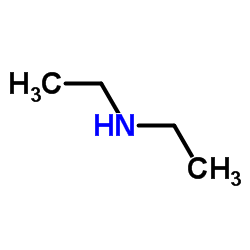 CAS#:109-89-7
CAS#:109-89-7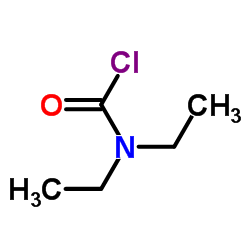 CAS#:88-10-8
CAS#:88-10-8 CAS#:99-04-7
CAS#:99-04-7 CAS#:118354-88-4
CAS#:118354-88-4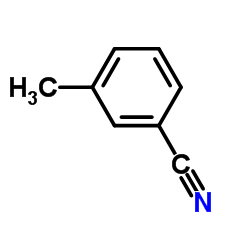 CAS#:620-22-4
CAS#:620-22-4 CAS#:3019-19-0
CAS#:3019-19-0 CAS#:4170-72-3
CAS#:4170-72-3![2-[(1,1-dimethylethyl)sulphonyl]-N,N'-diethylbenzamide Structure](https://image.chemsrc.com/caspic/332/118335-04-9.png) CAS#:118335-04-9
CAS#:118335-04-9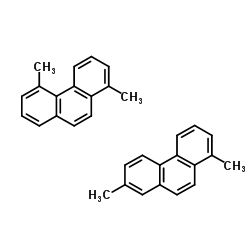 CAS#:483-87-4
CAS#:483-87-4 CAS#:587-03-1
CAS#:587-03-1 CAS#:620-23-5
CAS#:620-23-5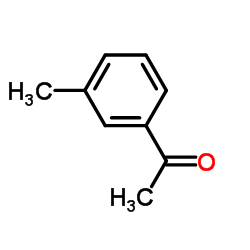 CAS#:585-74-0
CAS#:585-74-0 CAS#:618-47-3
CAS#:618-47-3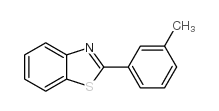 CAS#:1211-32-1
CAS#:1211-32-1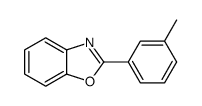 CAS#:14625-58-2
CAS#:14625-58-2 CAS#:6528-83-2
CAS#:6528-83-2
